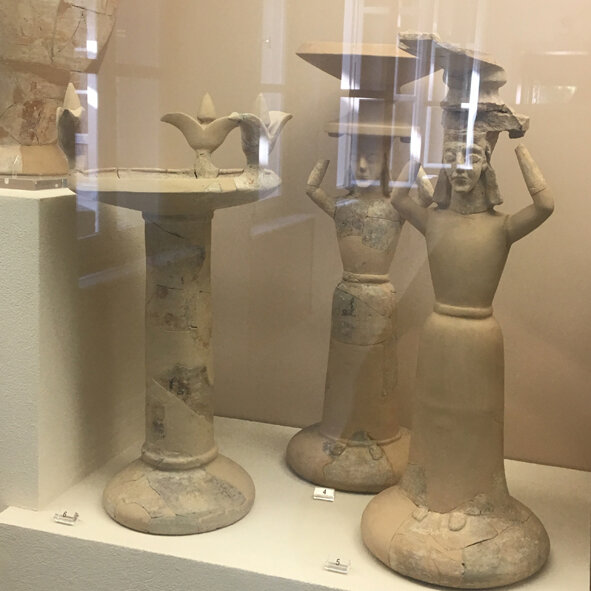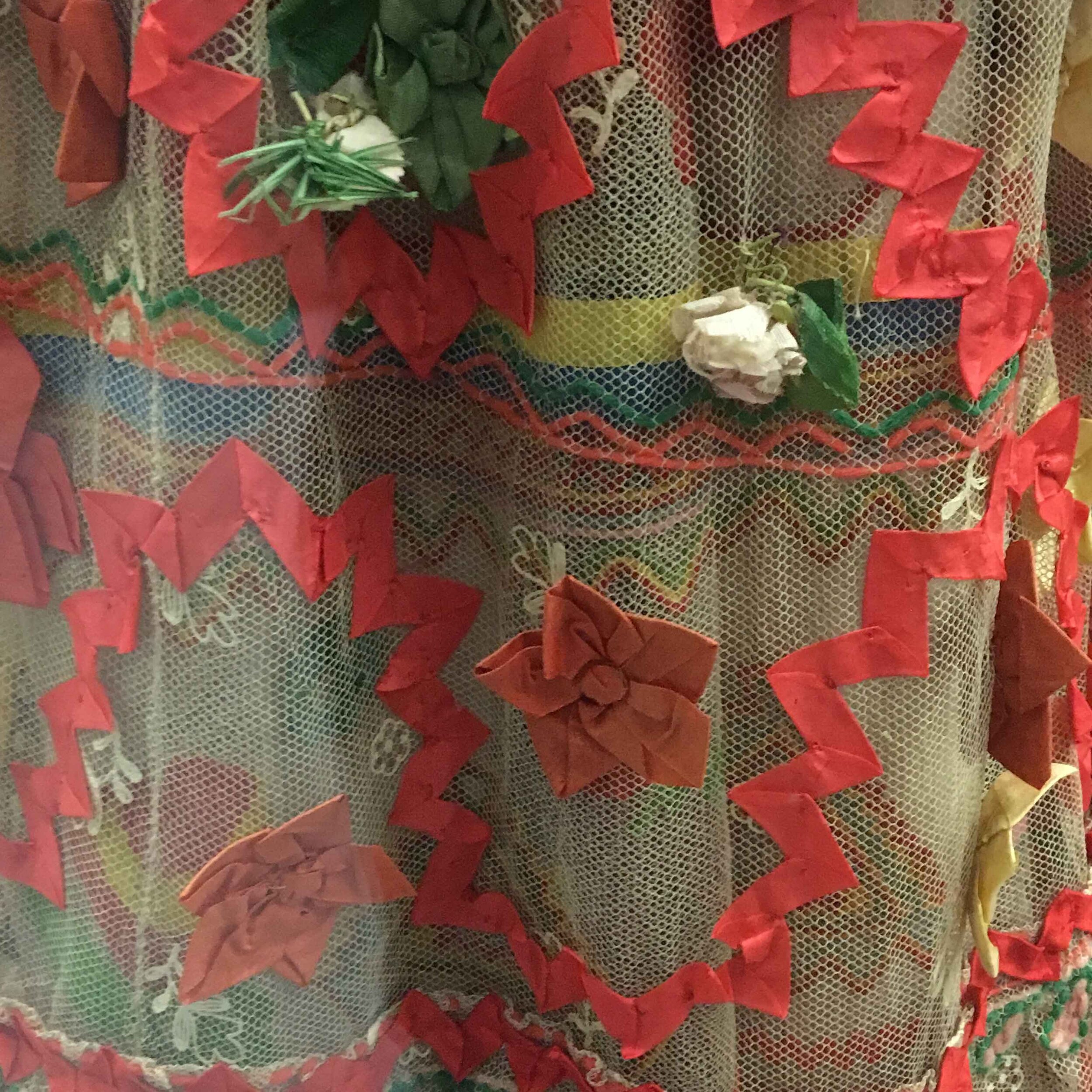Die BLICKFELDER dieser Ausstellung sind menschenleer, keine heroischen Landschaften. Dennoch befassen sie sich mit unserem Blick auf die Natur: So nahe, dass das große Ganze nicht zu sehen ist, sondern von der kleinen Zelle – von seinem Wesen her erschlossen wird. Die zugrunde liegenden Prozesse, Werden und Wandel in der Zeit stehen im Fokus der Betrachtung.
Die Ausstellung BLICKFELDER bietet die Möglichkeit einige Arbeiten aus der Serie Fragmentarische Landschaften zu zeigen.
Hügel, Böschung, Dickicht: fragmentarische Landschaften, Abschnitte, Ausschnitte, nichts Großes. Diese Landschaften entziehen sich dem Überblick, dem großen (Ent)wurf. Keine Übersicht, kein Blick von oben auf die Landschaft, sondern ein Blick von unten, nahe dem Boden. Die Landschaft baut sich vor der Betrachterin auf. Die Vegetation ist ein Gegenüber auf Augenhöhe, detailreich, unübersichtlich und zum Greifen nah. Der Blick verliert sich. Diese Bilder sind immer unvollständig, voller Auslassungen, unlogisch und zufällig. Der apollinische Blick aufs Sublime ist verstellt von Nebensächlichkeiten, von Schnörkeln und Tupfen. Kein Ausblick für Eroberer oder souveräne Gestalter, sondern ein Blick von Mittendrin, teilhabend und mit-erlebend. Auf Brachen und Deponien, in der Unordnung, im Durcheinander.
Fragmentarische Landschaft, 2019, Acryl und Gouache auf Papier, kaschiert auf Leinwand, 60 x 80 cm
Mich interessieren die Struktur und der Aufbau von Landschaften, der Punkt, an dem sich Landschaften in sich wiederholende Strukturen auflösen, der Punkt, an dem sie durchdrungen sind von diesen Mustern. Mich interessieren Klischees, Tapetenblumen und Palmen auf Musterwalzen, Schablonen, selbst angefertigte ebenso wie vorgefertigte. Schicht auf Schicht bauen sich meine Bilder langsam auf. Der Beginn ist zufällig, Farbflächen, Muster, Überlagerungen. Mit der Zeit verdichten sich die verschiedenen Farbschichten, ein Bild wird sichtbar. Es ist mir wichtig das Unbabsichtigte, Zufällige, das Unpassende sichtbar zu erhalten. Flecken und Fragmente. Sie alle werden so lang überlagert, bis sie sich dem Klischee entziehen, dafür nicht mehr brauchbar sind.
Pflanzen sind ein radikales Gegenüber begleiten meine Malerei im Garten, im Studio, als Motiv. Ich bin radikal im ursprünglichsten Sinn des Wortes, radicalis, eingewurzelt, verwurzelt, der Erde verbunden. Das Radikale ist eine Form der Verbundenheit. Die Magie der Kindheitsperspektive, die malerische Qualität von Mustern auf Wänden, Böschungen, die Wände von Vegetation vor einem aufbauen, die Nähe zum Boden.





























































































